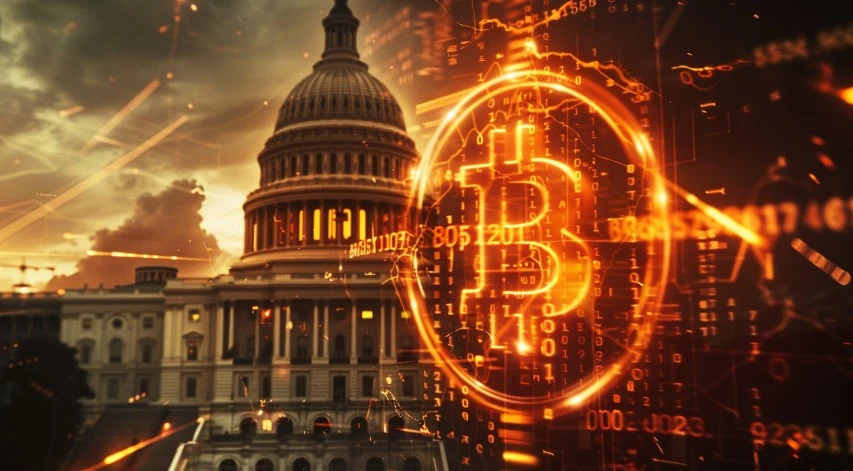Pink Slips & Pivot Points: Fed Doves, Global Stagecraft, and Gold’s Golden Ghosts

Welcome to MacroMashup — where money, markets, machines, and mayhem collide.
MacroMashup is my premium weekly newsletter that helps investors connect the dots between global macro trends, energy transitions, and the technologies shaping the next decade. For only $9/weekly, find unique, carefully-researched insights distilled just for you.
What’s coming next isn’t a soft landing — it’s a controlled glide into a new market regime where liquidity replaces fundamentals, optics replace policy, and capital starts choosing sides.
This week didn’t look dramatic on the surface — but beneath the calm, the macro tape cracked.
- A wave of corporate layoffs hit tech, pharma, consulting, and logistics.
- The Fed turned dovish… while quietly tightening liquidity.
- Trump and Xi put on a diplomatic Broadway show.
- Gold dipped. Bitcoin slept.
- Nothing moved loudly — but everything moved meaningfully.
Inside the full article, we break it all down:
✅ Why the layoff wave is just Phase 1
✅ How the Fed quietly tightened liquidity even as it cut rates
✅ Why the Trump–Xi “peace show” is more theater than diplomacy
✅ Gold’s “ghost rally” and what central banks are signaling
✅ Bitcoin’s coiled-spring setup for a potential liquidity rotation
✅ The key signals to watch in the next 60 days
If you’ve been waiting for an issue that connects all the dots, this is it.
Coming Up: “The Nvidia Way” Deep Dive
Next week, we’re unlocking Tae Kim’s blueprint book on how Nvidia went from near-bankruptcy to the cornerstone of the AI era—and the world’s first $5 trillion company. Drawing on “The Nvidia Way,” we’ll profile Jensen Huang’s leadership, dissect the company’s “30-days-from-doom” mindset, and break down the 20 top takeaways about organizational discipline, relentless adaptation, and strategic pivots.
Preview:
- Urgency Mindset and “30-days-from-doom”
- Flat teams and zero bureaucracy
- Resilience born from product flops
- Relentless focus on speed, meritocracy, and accountability
- The hard truths of risk, reward, and reinvention in tech
👉 Read the full premium article below if you want easy-to-digest, in-depth weekly breakdowns every Friday a.m.
Do You Enjoy This Newsletter?
If yes, join us! Paid subscribers get weekly deep dives connecting money, markets, and megawatts — all for just $9/month.
Your support keeps MacroMashup independent and ad-free.
Already a member? Thank you! We would love to hear your feedback. Please tell us what you love as well as anything we can do to make the newsletter even more valuable to you. Send an email to contact@macromashup.com
Disclaimer
For educational purposes only. Not investment advice. Opinions are those of the author and may change without notice.
.svg)
.svg)
.svg)


.avif)
.svg)
.svg)



